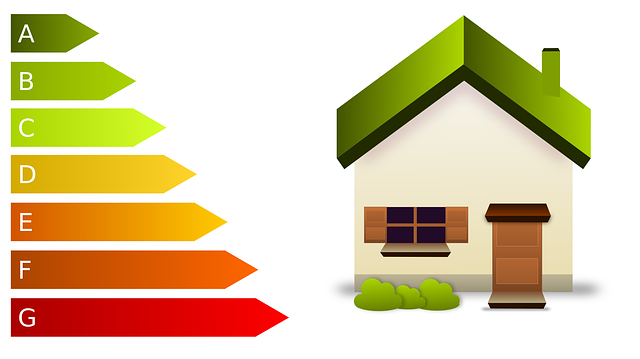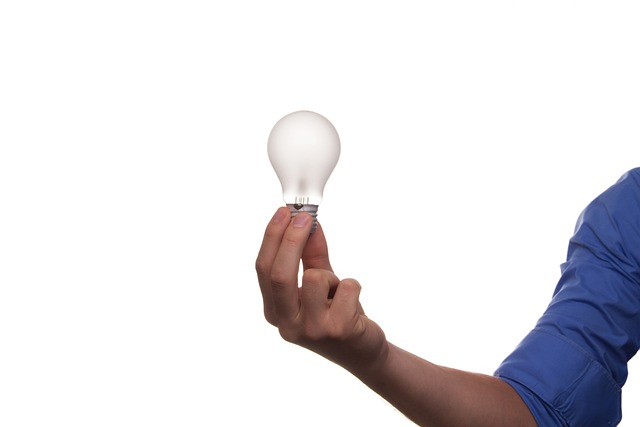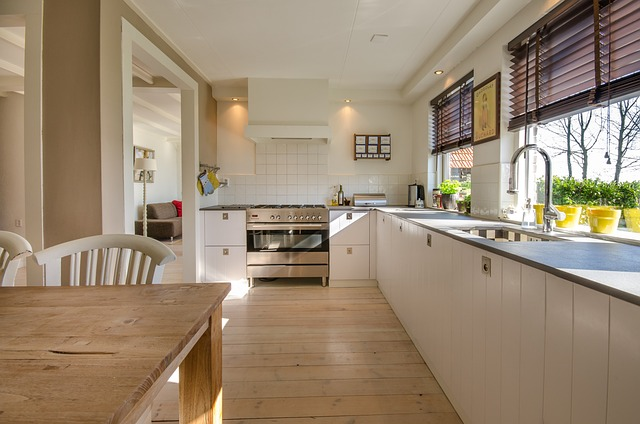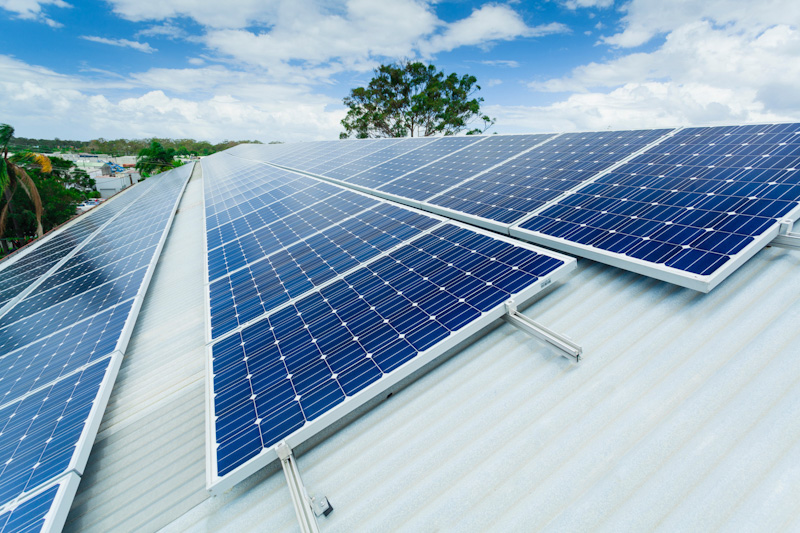In today’s world, energy efficiency isn’t just a buzzword it’s a critical aspect of responsible homeownership, a home energy assessment helps nail this. By implementing energy saving measures in your home means you can you save money on your utility bills, but you can also contribute to a more sustainable future. In this article, we will explore different ways to reduce energy usage in your home, from understanding the concept to making practical changes in various areas of your house. Let’s dive in and start taking steps towards a greener and more cost-effective home.

Understanding Energy Saving Improvements
What is Home Energy Efficiency?
Before we jump into making improvements, let’s make sure we’re on the same page about what home energy efficiency means. This refers to the ability to use less energy while achieving the same results. In the context of your home, it means optimising the energy performance of your appliances, systems, and building materials to consume less energy without sacrificing comfort or functionality.
When it comes to home energy efficiency, it’s not just about turning off lights or adjusting the thermostat. It involves a comprehensive approach that takes into account various factors such as insulation, air sealing, efficient appliances, and renewable energy sources. By addressing all these aspects, you can create a home that maximises energy conservation and minimises waste.
One of the key elements to improve energy efficiency is insulation. Proper insulation helps to keep your home warm in the winter and cool in the summer by preventing heat transfer through walls, floors, and ceilings. By ensuring that your home is well-insulated, you can reduce the need for excessive heating or cooling, resulting in significant energy savings.

Why is This Important?
Everyone needs to play a vital role in reducing our carbon emissions and conserving natural resources. By reducing the amount of energy we need, we can decrease harmful greenhouse gas emissions, combat climate change, and preserve precious resources like oil and gas.
Doing this benefits the environment, but it also has numerous advantages for homeowners. One of the most significant benefits is the potential to save money. When your home is energy-efficient, you can significantly lower your utility bills. By using less energy to achieve the same level of comfort and functionality, you can enjoy long-term financial savings.
Reducing energy costs can enhance the overall comfort and liveability of your home. By sealing indoor air leaks, upgrading insulation, and using energy-efficient products, you can create a more comfortable indoor environment. Consistent temperatures, reduced noise, and improved air quality are just some of the additional benefits that come with an energy-efficient home.
By making improvements you could potentially increase your property value. As more and more homeowners prioritise sustainability and energy conservation, an energy-efficient home can be a desirable selling point. Buyers are often willing to pay a premium for homes that have lower operating costs and a reduced environmental impact.
Furthermore, by embracing energy efficiency, you can contribute to the larger goal of creating a sustainable future. By setting an example in your community and inspiring others to follow suit, you can help drive the transition towards a cleaner and more energy-efficient society.

How to Conduct an Energy Assessment of Your Home
One of the first steps you need to take is to understand how much energy your home is using. This is where conducting home energy audits becomes crucial. By conducting an audit, you can identify areas where you can make changes to reduce energy waste, ultimately saving you money and reducing your carbon footprint.
Conducting Home Energy Audits
There are two main options when it comes to conducting a home energy audit:
- Hiring a professional energy auditor (typically someone who might provide an energy performance certificate) who is adept at home energy assessments can provide you with a comprehensive analysis of your home’s energy use, as they have the expertise and specialised equipment to accurately assess your energy usage.
- Conducting a DIY audit using online resources and tools. Conducting a DIY audit can be a cost-effective option, especially if you have the time, willingness and determination to learn and make the changes required.
During a home energy audit, several key areas of your home will be assessed. These include your heating and cooling systems, insulation, windows and doors, appliances, and lighting. The auditor will analyse your energy bills, conduct visual inspections, and may even use thermal imaging cameras to detect areas of heat loss or air leakage.
By pinpointing areas of improvement through a home energy audit, you’ll have a roadmap to guide your energy-efficiency journey. You’ll be able to prioritise which areas to address first and make informed decisions about the most effective upgrades or changes to make in order to maximise energy savings. Either option should provide a detailed report for you to work from.

Identifying Opportunities to Save Energy in Your Home
During your energy audit, it’s highly likely that you’ll uncover common energy wasters in your home. These energy wasters can include drafty windows, inefficient appliances, insulation gaps, and outdated lighting fixtures.
Drafty windows can be a significant source of energy loss, allowing cold air to seep in during the winter and cool air to escape during the summer. By identifying these problem areas, you can take steps to seal any gaps or cracks, such as using weatherstripping or caulking, to improve the performance of your windows.
Inefficient appliances can also contribute to higher energy spend. Older models of refrigerators, washing machines, and dishwashers may not be as energy-efficient as newer, ENERGY STAR-rated models. By identifying these energy-wasting appliances, you can consider upgrading to more efficient options that will not only save you money in the long run but also reduce your environmental impact.
Insulation gaps are another common issue that can lead to energy waste. Poorly insulated walls, attics, and crawl spaces can allow heat to escape during the winter and enter during the summer. By identifying these gaps, you can take steps to improve insulation, such as adding insulation batts or blown-in insulation, to create a more energy-efficient home.
Outdated lighting fixtures, such as incandescent bulbs, can also contribute to unnecessary energy spend. By identifying these energy-wasting fixtures, you can consider replacing them with energy-efficient LED bulbs, which consume significantly less energy and have a longer lifespan.

Improving Different Areas of Your Home
Kitchen
The kitchen is often the heart of the home, and it’s also a place where significant energy consumption occurs. To boost energy conservation in your kitchen, consider upgrading to energy-efficient appliances such as refrigerators, dishwashers, and cooking stoves. These appliances are designed to use less energy while still delivering top performance. Additionally, you can take simple steps like using lids while cooking, using the right-sized pots and pans, and optimizing oven use to minimize energy waste.
Living Room
The living room is where we often relax and entertain, but it’s also a space where energy can be wasted. Start by evaluating your lighting choices—swap out traditional incandescent bulbs with energy-efficient LED lights. Selecting energy-saving electronics and ensuring that devices are unplugged when not in use are other ways to save energy in the living room. Finally, don’t forget about your windows—the installation of energy-efficient window treatments can help insulate the room, reducing heating and cooling costs.
Bedroom
Creating an energy-efficient bedroom can contribute to a more comfortable and restful sleep. Start by evaluating your thermostat settings and consider adjusting them for nighttime energy savings. Using energy-efficient bedding materials and ensuring proper insulation can also help maintain a comfortable temperature while reducing the need for excessive heating or cooling. Additionally, choosing energy-efficient lighting options for bedside lamps and reading lights can help reduce electricity consumption.
Energy-Efficient Appliances and Systems
Choosing Energy-Efficient Appliances
When it comes to appliances, opting for energy-efficient models is a smart choice. Look for appliances with the ENERGY STAR label, which signifies that they meet strict energy efficiency guidelines set by the Environmental Protection Agency (EPA). ENERGY STAR-rated appliances can save you money on energy bills and help protect the environment. Whether you’re in the market for a new dishwasher, washing machine, or air conditioner, always check for the ENERGY STAR label.
Understanding Energy Star Ratings
While we’ve briefly touched on the ENERGY STAR label, it’s important to understand how the rating system works. ENERGY STAR rates products based on their energy performance and efficiency. The label provides consumers with a simple way to identify and compare energy-efficient options within a specific product category. When shopping for appliances or systems, pay attention to the ENERGY STAR rating and choose products that offer the best energy savings.
Insulation and Weatherisation
The Role of Insulation
Insulation is a critical component in reducing how much energy your home uses. Properly insulating your home can help keep the desired indoor temperature, reduce drafts, and minimise air leakage. Consider upgrading insulation in key areas like the attic, walls, and floors. Additionally, seal any gaps or cracks where air can escape or enter your home. Weatherstripping doors and windows can also make a significant difference.
Weatherising Your Home
Weatherisation refers to the process of preparing your home for the elements to minimize energy waste. This can include tasks such as sealing air leaks, adding insulation, and improving ventilation. Weatherising your home can make it more comfortable, reduce energy consumption, and lower your utility bills. Consider consulting with a professional or researching DIY weatherisation techniques to implement changes effectively.
Reducing energy usage is an ongoing process, but it’s a journey worth taking. By understanding the process, assessing your home’s energy use, making improvements in different areas of your house, choosing energy-efficient appliances and systems, and investing in insulation and weatherisation, you can create a more sustainable and cost-effective home. Start small, focus on one area at a time, and celebrate each energy-saving change you make. Together, we can make a positive impact on the environment while enjoying the benefits of an energy-efficient home.
Does This Replace an EPC?
The short answer is no, an energy performance certificate is a legal requirement when selling or renting homes. However, this guide could impact the certificate rating of any home. If your interest is in solar panels or heat pumps or about generating cleaner electricity generally there are a number of options for financial support available in the form of government and council grants.
Brightchecker Services
We offer inspection software which can help you complete your very own detailed energy assessment report on your property. This comes complete with a free trial.
If you are based in Norfolk we offer local electrical charging point installation, electrical safety certifications and more.
Also Read
See more Helpful Content
Visit our Homepage

